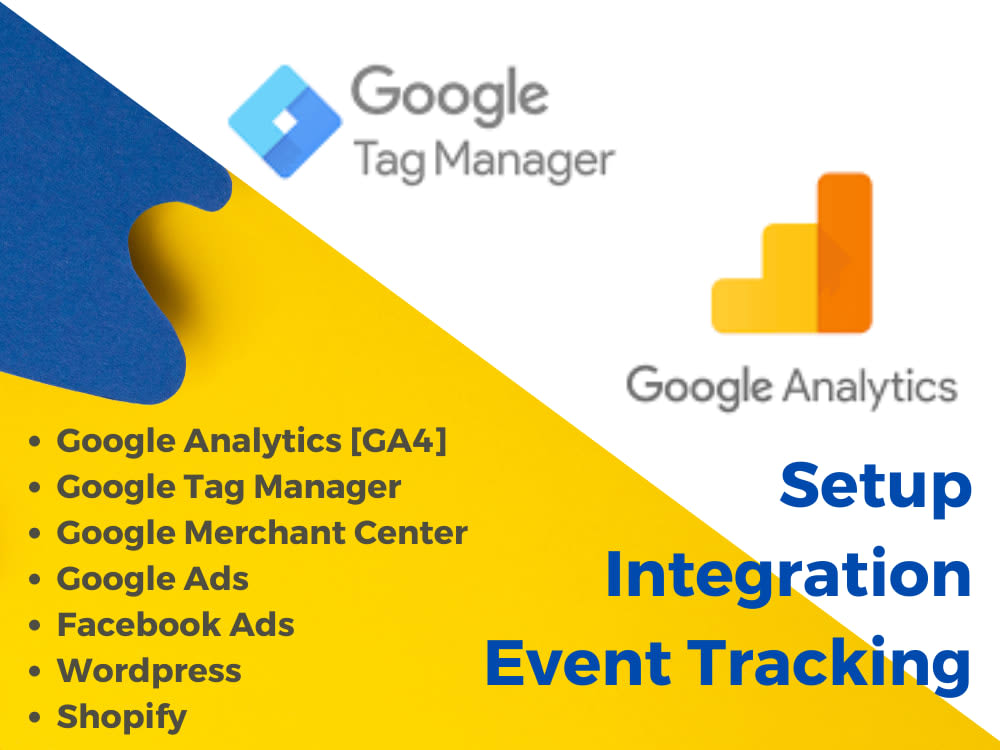The Facts About Google Analytics Event Tracking Revealed
Table of ContentsExcitement About Google Analytics Event TrackingAll About Google Analytics Event TrackingWhat Does Google Analytics Event Tracking Mean?The Basic Principles Of Google Analytics Event Tracking Google Analytics Event Tracking for BeginnersThe Only Guide to Google Analytics Event Tracking

If you're mosting likely to establish occasion tracking by hand, then you're going to need to add some added code to the components you wish to gather information from. The code you're going to collaborate with will certainly look something such as this: There are 4 components within that code fragment that you're going to need to specify yourself: event, Group, event, Activity, occasion, Label and event, Worth.
As you can see, 2 of these are required (classification and action) while label and worth are optional. It all depends upon the sort of information you want passed on back to Google Analytics when a customer clicks on the specified element (Google Analytics Event Tracking). It will be a lot easier to specify these parts if you evaluate your internet site and choose which elements/actions you wish to track
The 7-Second Trick For Google Analytics Event Tracking
Currently, you'll be asked to specify the and and you'll want to select from the drop-down menu that appears when you click on. This will bring up the very same occasion monitoring parts we considered earlier, which you'll require to load out. As soon as you have actually specified these, you can move down to the second box and pick the trigger that will certainly terminate your tag.
On the next screen, you'll also have an area for calling your trigger and, if you click the box, you'll see a list of the different triggers you can pick. In this instance, we desire to pick and afterwards choose the option listed below. After that you'll establish the trigger to only fire when an element is clicked with a link that has the.
Easy - Occasion monitoring! Event monitoring offers you a photo of just how users engage with your internet site visit homepage and company. Review on as we explore whatever you require to understand, including what it is, why you should track occasions, exactly how to manage events data, and various other relevant FAQs you might have.
Indicators on Google Analytics Event Tracking You Should Know
You can change in between your occasion classifications, activities, and tags in the Top Events report. This record is crucial for digging even more into research study on a certain occasion classification. The Event Pages report displays the pages where occasions are triggered. In this section, we can examine the leading web pages that drive occasions.
Occasions in Google Analytics have 4 main components. Google Analytics utilizes these codes to track user communications and group them into occasion reports (Google Analytics Event Tracking).
After that, choose "Variables" > "Configure". A checklist of the specifications you can track on your website gets on the right. Under Clicks, Forms, and Videos, double-check each criterion. After checking all needed fields, you can click "X" to shut the window and return to the Introduction menu on the.
4 Easy Facts About Google Analytics Event Tracking Described
If you haven't done so, you may require to establish up a variable in the Google Analytics Setups box. After this, enter your GA monitoring ID in the Monitoring ID area.
Your ID will certainly get on top of the display. To do this, adhere to the following collection of activities: After setting up the areas, pick the "Triggering" area. When configuring your brand-new trigger, click the "+" switch, after that the "pencil" switch, after that select your trigger type. Label your trigger and specify the conditions that result in activate firing.
5 Easy Facts About Google Analytics Event Tracking Shown
When it familiarizes which sections and components are assisting customers with your conversion funnel, you still will Visit Website not know. Without event monitoring, GA reports will just count gos to as single-page sessions, also if customers spend a lot of time on one web page and engage with it substantially (and a bounce).
But just how does occasion monitoring achieve this?Single-page sessions known as bounces start and end on the exact same web page. Without event tracking, GA will identify go right here a user's check out as a bounce if they do not browse to one more web page, no matter just how they connect with it. A video-rich web page can have a greater bounce price if occasions are not tracked.
Little Known Questions About Google Analytics Event Tracking.
For GA to take event hits into account when gauging bounce rates, you must pick "Non-interaction event" as "False" during the GTM arrangement. Setting "event objectives" with event activity is a superb method to track customer activities you worth extremely, such as new lead entries or clicks on a call to activity.